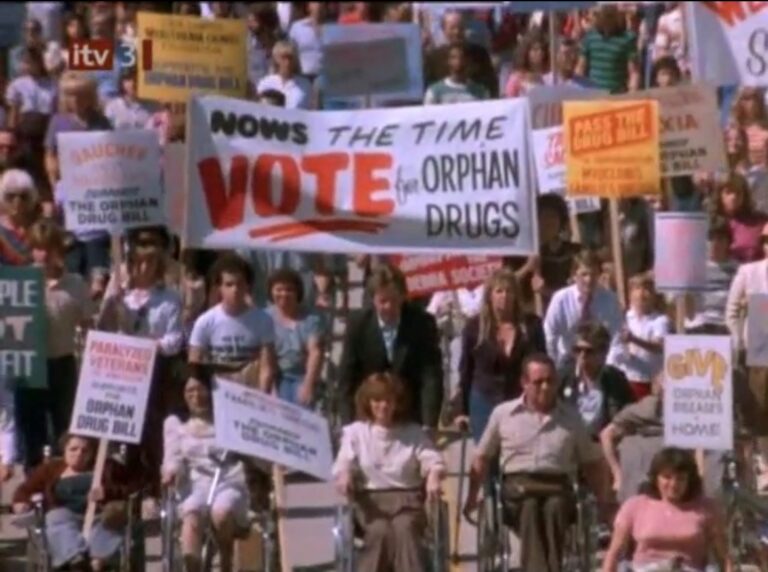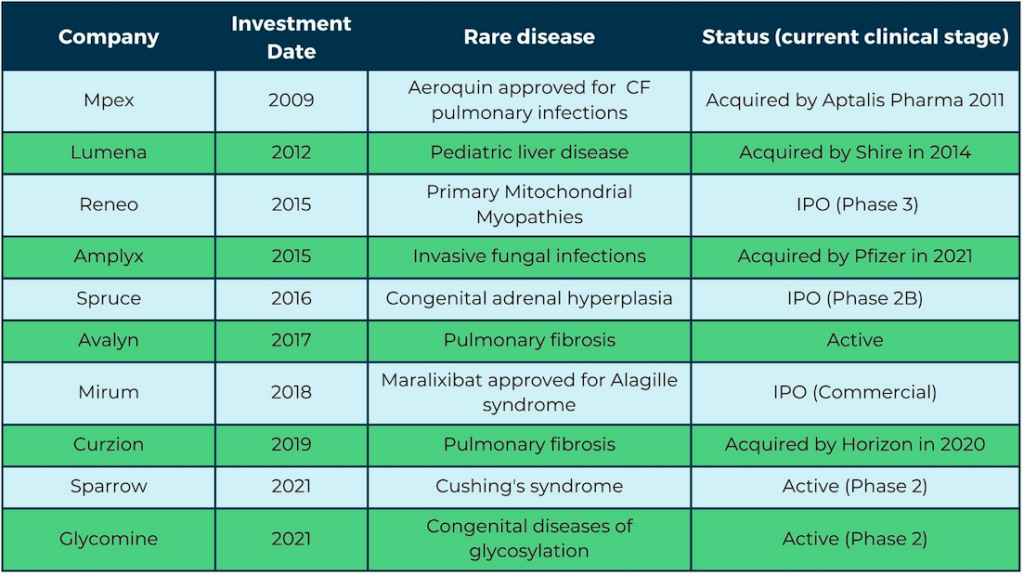The new law was a game-changer in the development of therapies for unmet medical needs, unleashing a frenzy of innovation in treatments for multiple sclerosis, cystic fibrosis (CF), and a host of rare pediatric cancers.
Prior to 1983, only a few dozen drugs had been developed for rare diseases. Today, more than 1,000 new drugs have been approved, addressing many of the 7,000 or so identified orphan diseases.
As a result, the lives of hundreds of thousands of adults and children have been immeasurably improved. Instead of a death sentence, real hope and potential cures can be offered. For example, in 1978, a child with CF could not expect to become a teenager; today, CF patients can reasonably expect to be blowing out the candles on their 50th birthday cake thanks to several disease-modifying drugs for CF.
Similarly, prior to 2000, a diagnosis of chronic myelogenous leukemia (CML) was terminal, but with the approval of Gleevec in 2001, most CML patients now live a full and normal life. Since Gleevec’s approval, six new CML therapies have been launched.
While the successes are many, abuses of the Orphan Drug Act’s incentives do exist. Several companies have taken advantage of the lower barrier for “orphan approval” as a backdoor to expedite drug development for larger, less severe patient populations. Others have sought to use the de facto monopoly status given through the orphan protections to block competition, prevent access to patients for future clinical trials, and charge hard-to-justify prices. Fortunately, these practices have been the exception rather than the rule; more than 75% of orphan drugs maintain a pure orphan-only label and fewer than 5% cost more than $500,000 a year.



